If pop culture gives us an overly idealized view of love and romance, often leaving out the pain, loneliness, and mundanity of it, then Valentine’s Day is a particularly large, heaping spoonful of sugary glop, a celebration of the perfect love that is rarely reflected in real life relationships. Award winning romance novelist Beau North (Longbourn’s Songbird, Modern Love) joined me in creating a list of, let’s say…alternative romantic movies, if you want a dark and occasionally gruesome take on the holiday.
(WARNING: spoilers abound)
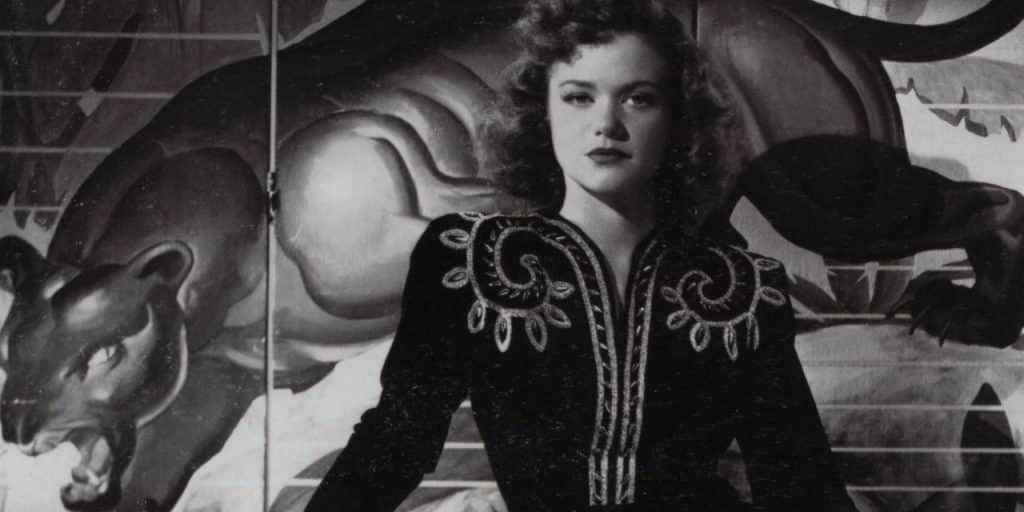
Cat People (1942)
Intertwined with its own insidious elements of horror, Jacques
What begins as a straightforward romance soon dips into eerie, subtle horror as Irena recounts the story of King John bending Serbia (most notably the women of Serbia) to his will, the way the men in Irena’s life seek to bend her to theirs. On their first date, Irena tells Oliver that she doesn’t like the growls of the panther, that they remind her of “a woman screaming.” This is how Cat People pays homage to the frustration and rage that women have always felt, but were unable to express until more recently. Oliver, as All-American as the apple pie he constantly eats (and about half as interesting), promises patience and time, but gives neither, choosing to fall for the next available woman as soon as she’s presented to him. Dr. Judd (Tom Conway), Irena’s psychiatrist, betrays her trust not only by discussing her case with Oliver’s Girl Friday and Office Wife Alice (Jane Randolph), but by trying to seduce Irena himself. Pushed to the edge by the untrustworthy men that surround her, Irena gives in to her animal nature in a viscerally satisfying, climatic scene that is followed up with a somewhat deflating ending. Still, Cat People is one of those rare movies that satisfies base desires and intellectual curiosity.
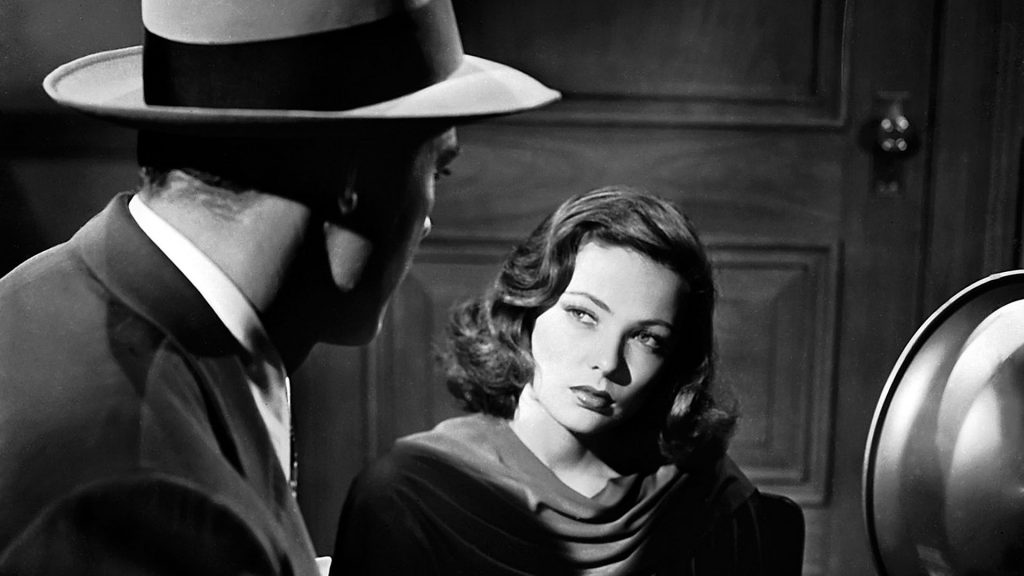
Laura (1944)
Otto Preminger’s Laura is as straightforwardly noir as they come, but to a modern audience, it might read more like
Laura isn’t even allowed to be a character for most of the film, only seen through the flat reflection of the men in her life, a painting that hangs on the wall like the chintz curtains that cover her windows. She’s not the malleable clay columnist Waldo Lydecker (Clifton Webb) sees, or the meal ticket for would-be fiancé Shelby Carpenter, played by a young beefcake Vincent price trying on a wonderfully absurd Kentucky accent. Not even Dana Andrews’ detective McPherson is immune to the pull of Laura’s reflection. With biting, venomous wit and commentary on image, female ambition and female pleasure, Laura is a chilling and surprisingly relevant viewing for a modern audience.
(Listen to our Alcohollywood podcast on Laura.)
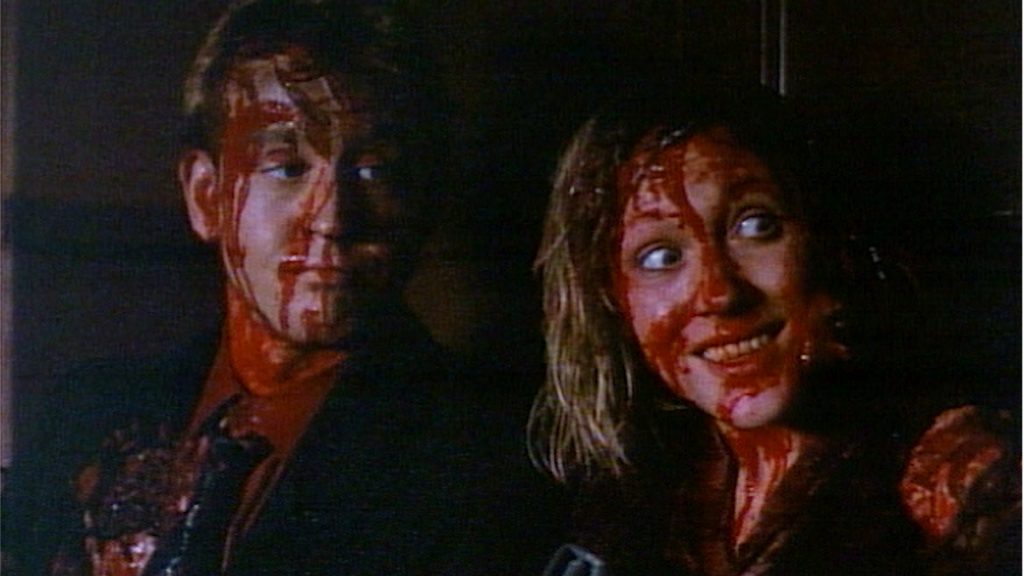
An American Werewolf in London (1981)
John Landis may have written and directed the gold standard in horror comedy, but we don’t talk enough about the tender love story between the doomed David Kessler (David Naughton) and nurse Alex Price (Jenny Agutter). Sure, Alex might be violating some hospital ethics by taking her patient home to stay with her, but at least she waited until he was given a clean bill of health and discharged. Anyway, let’s face it, these two seem really into each other, in a way that feels authentic and lived in, and not just a couple of personality-free blanks forced together because the script declared it.
Alex’s calm, no nonsense demeanor is the only thing that’s able to keep David grounded as he learns that the nightmares and hallucinations he’s been having are an ominous portent, and in the end she just for a second almost manages to talk him down, bring him back to the person she loves. Love is rarely enough to save us from the monsters, but for a moment you think—you hope, if nothing else, even if you know it’s not really possible—that it might be for them.
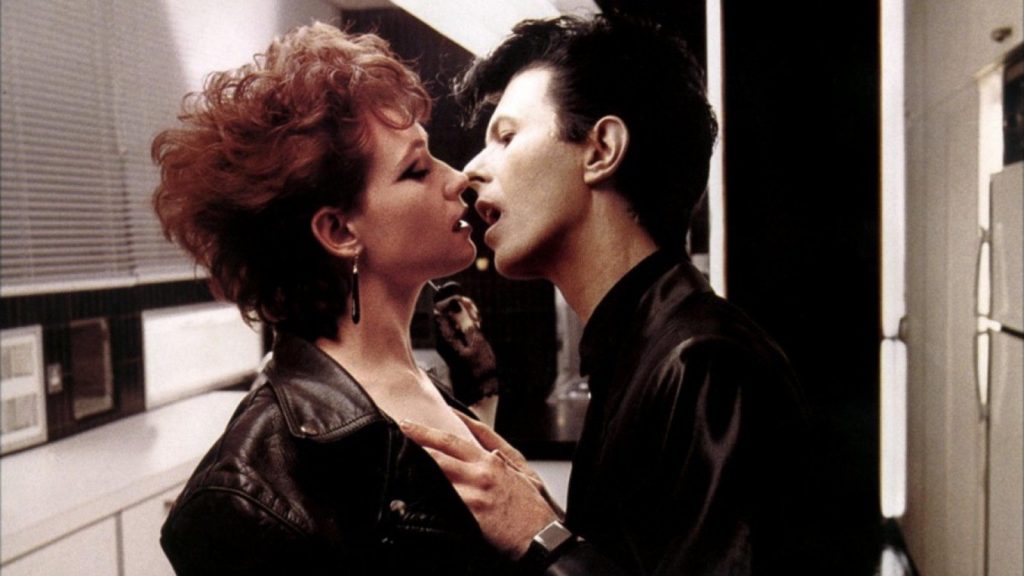
The Hunger (1983)
The most remarkable thing about Tony Scott’s The Hunger isn’t the unrelenting elements of style, or its famous sex scene, or the fact that Catherine Deneuve is apparently Egyptian (sure, why not) but that in 1983 it was entirely plausible that two women over the age of 35 could be portrayed as sexual beings, creatures—not objects—of desire.
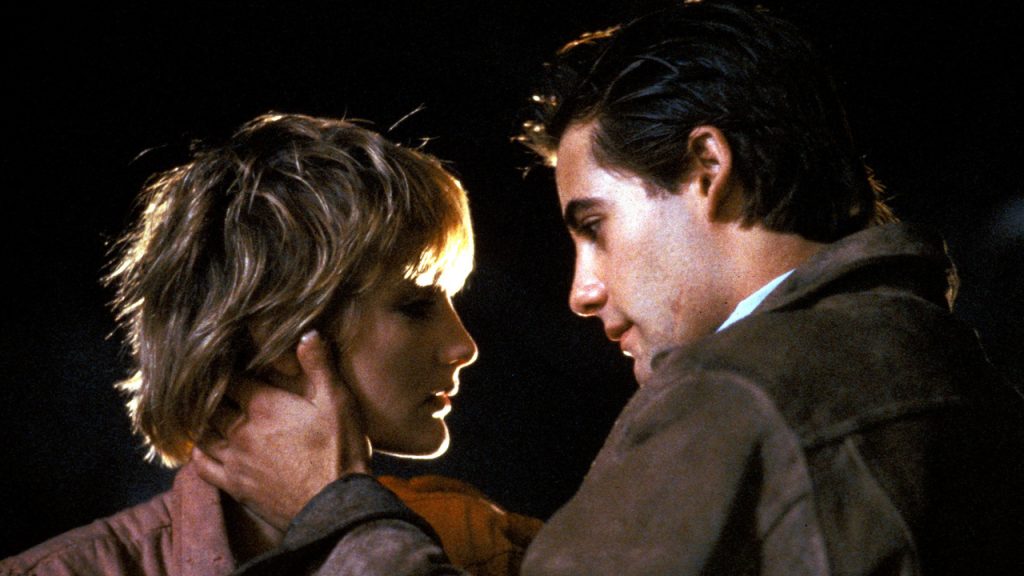
Near Dark (1987)
Near Dark is a dusty little underdog of a film that has attained cult status in the years since its release, and it’s no wonder why. It’s very spare in set pieces and costume, almost minimalist in its approach to storytelling. Handsome, wholesome farm boy Caleb (Adrian Pasdar) falls for pretty teen vampire Mae (Jenny Wright), who travels with a tight-knit band of renegade bloodsuckers. That’s about it for plot, and it works well. Using the powerful cast dynamics already established in Aliens, director Kathryn Bigelow gives us a sparse tale of family, love, (blood)lust, and gleeful mayhem. Caleb and Jenny’s attraction is instant and magnetic, he can’t help but touch her every chance he gets, even after she’s bitten and kidnapped him. Later, he drinks from her wrist while in the background oil pumps pantomime the sex we all wish they were having. When he looks up at her, mouth wet with her blood, his eyes have the heavy, unfocused gaze of person post-climax.
As touching as Caleb and Mae are, they are quickly overshadowed by Mae’s vampire brother, Severen, played by Bill Paxton in his most manic, compelling, can’t-look-away performance of all time. Bigelow plays a neat hat trick in giving us the Virgin/Whore dichotomy by playing sweet, upright Caleb against untamed carnality of Paxton’s Severen. The real attraction in the movie might be as much between these two, who spend much of the film watching the other’s every move, as it is between Caleb and Jenny.
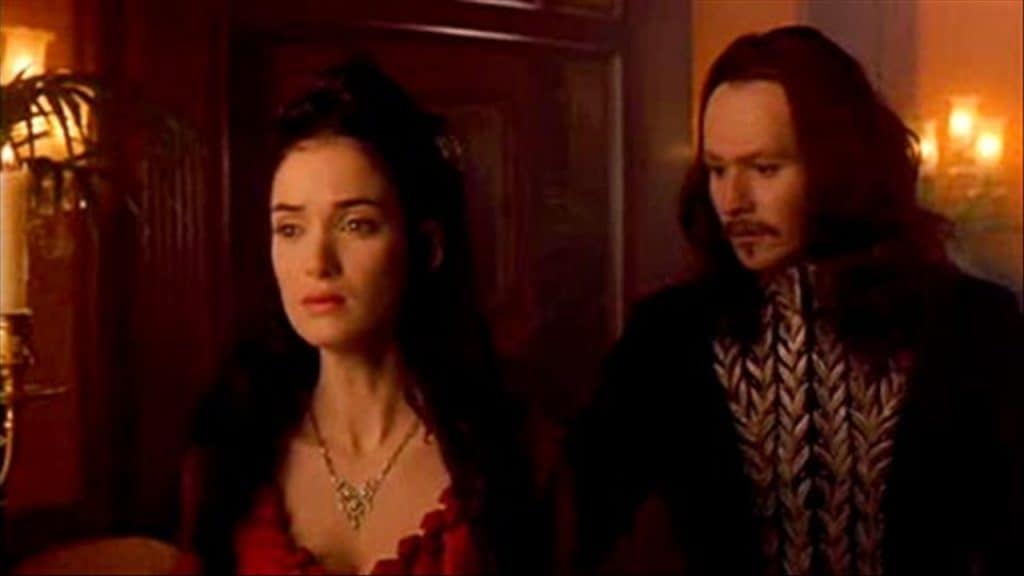
Bram Stoker’s Dracula (1992)
Perhaps the most misunderstood and underrated movie on our list, Francis Ford Coppola’s extravagant take combines Stoker’s novel with Vlad the Impaler folklore, adding a “lost love” subplot that turns the whole thing into a heaving bosom romantic drama, and it is spectacular. Every moment of over the top, breathless camp is a calculated move by Coppola, and a sweaty, lustful tribute to Victorian penny dreadfuls, from a time when we were so restricted in expressing ourselves sexually that those desires took the forms of monsters that were both repellent and irresistible at the same time. Lucy (Sadie Frost) is so overcome with lust that she doesn’t even seem to notice that Dracula (Gary Oldman) has turned into some sort of wolf creature while he ravishes her, nor does Mina (Winona Ryder) stop drinking from him when he’s transformed into a humanoid bat. It’s not “so bad it’s good.” It’s incredible, and, thanks to the art design and Eiko Ishioka’s sumptuous costumes—which are practically characters in and of themselves—one of the most visually stunning films of the 90s.
And while we’re here, we owe a huge apology to Keanu Reeves for more than 25 years of bashing his performance as Jonathan Harker. Sure, his English accent is…shaky, but so is Anthony Hopkins’ German accent, and it’s clear that Reeves actually read Dracula in preparation for the role. Harker is initially an ineffectual (even impotent, one might say) hero who, rather than put Mina out of her misery as she requested, selfishly decides he would rather let her turn him into a vampire so they can still be together. Thankfully, it doesn’t come to that, and Harker pulls himself together long enough to save the day. Reeves gets that sense of restrained fear and uncertainty, love and disgust, down perfectly, playing what Harker is—a hapless lawyer who got stuck with a bad assignment.
(Listen to our Alcohollywood podcast on Bram Stoker’s Dracula.)